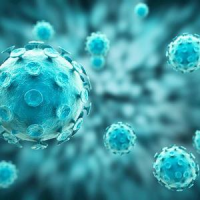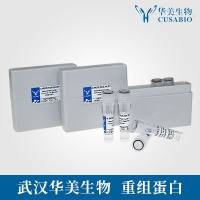AAV Capsid Structure and Cell Interactions
互联网
779
The Adeno-associated viruses (AAVs) are not associated with any diseases, and their ability to package non-genomic DNA and to transduce different cell/tissue populations has generated significant interest in understanding their basic biology in efforts to improve their utilization for corrective gene delivery. This includes their capsid structure, cellular tropism and interactions for entry, uncoating, replication, DNA packaging, capsid assembly, and antibody neutralization. The human and nonhuman primate AAVs are clustered into serologically distinct genetic clade and serotype groups, which have distinct cellular/tissue tropisms and transduction efficiencies. These properties are highly dependent upon the AAV capsid amino acid sequence, their capsid structure, and their interactions with host cell factors, including cell surface receptors, co-receptors, signaling molecules, proteins involved in host DNA replication, and host-derived antibodies. This chapter reviews the current structural information on AAV capsids and the capsid viral protein regions playing a role in the cellular interactions conferring an infective phenotype, which are then used to annotate the functional regions of the capsid. Based on the current data, the indication is that the AAVs, like other members of the Parvoviridae and other ssDNA viruses that form a T = 1 capsid, have evolved a multifunctional capsid with conserved core regions as is required for efficient capsid trafficking, capsid assembly, and genome packaging. Disparate surface loop structures confer differential receptor recognition and are involved in antibody recognition. The role of structural regions in capsid uncoating remains to be elucidated.









